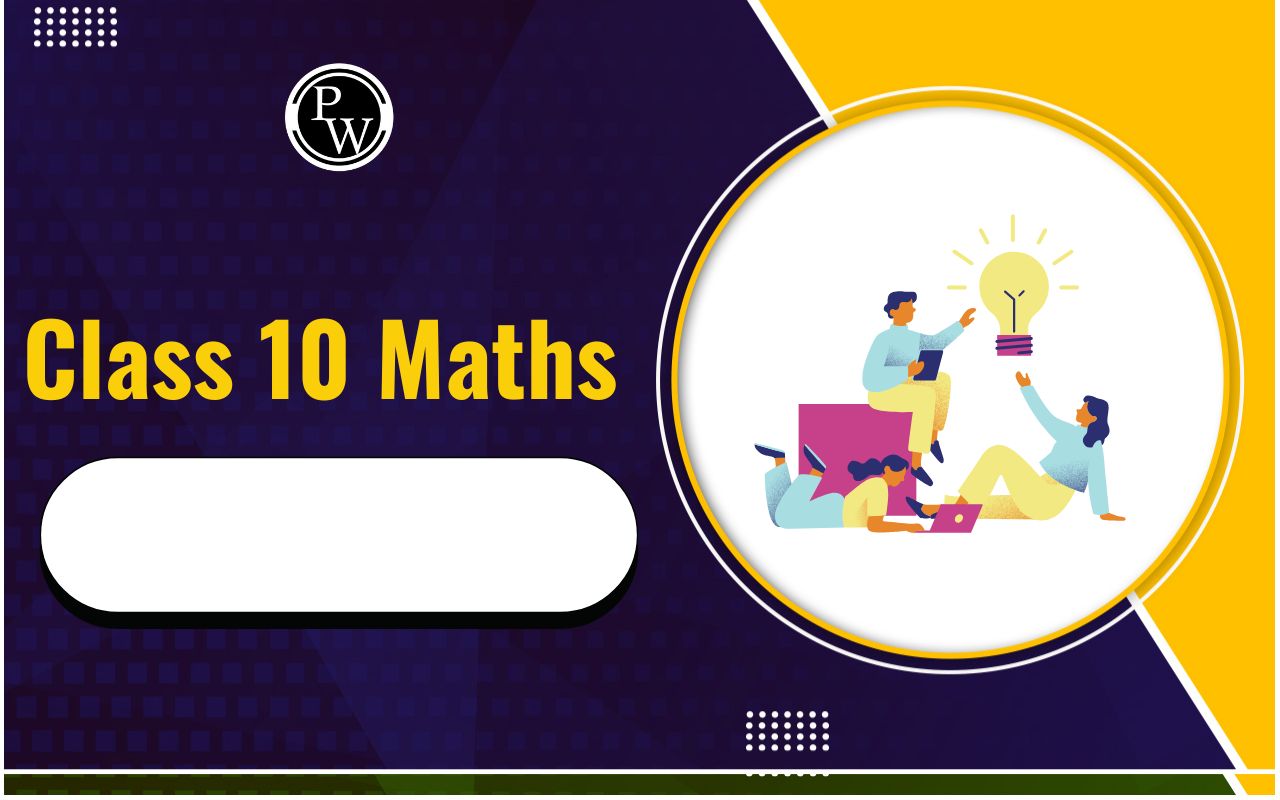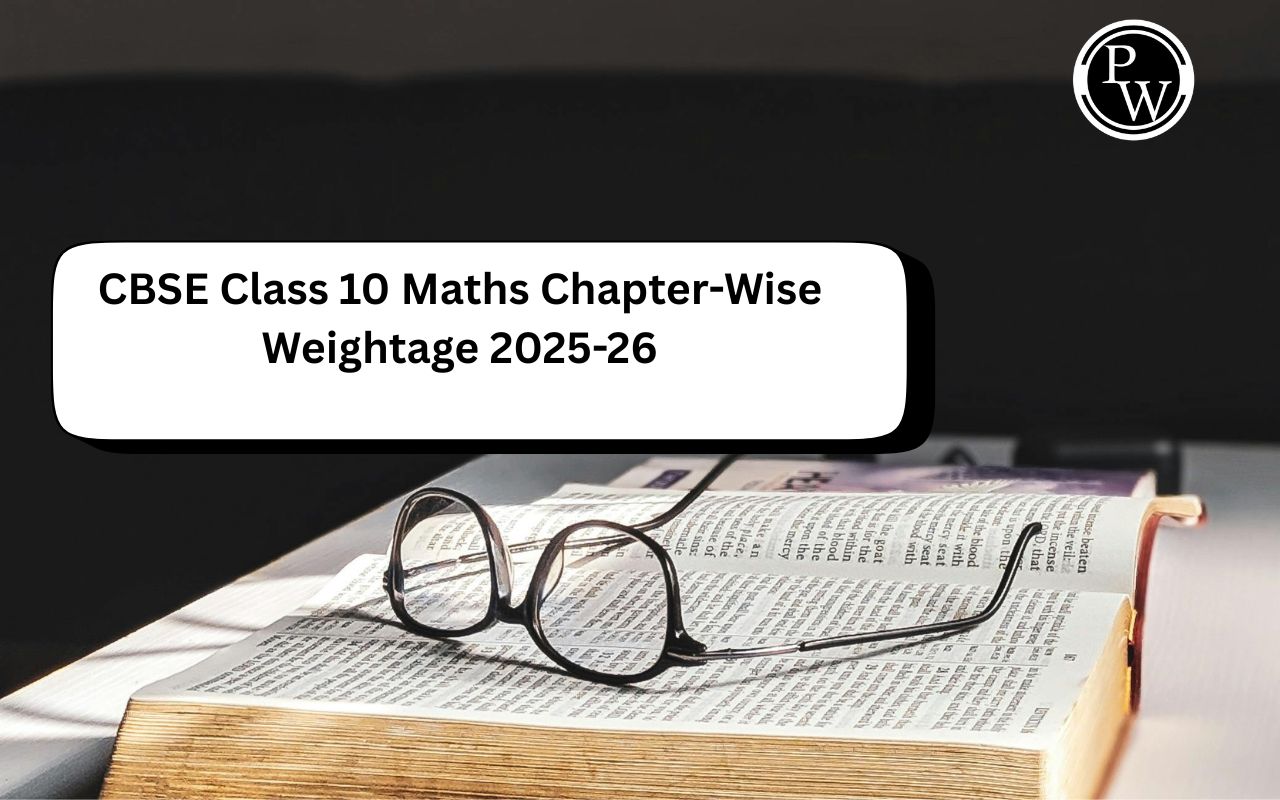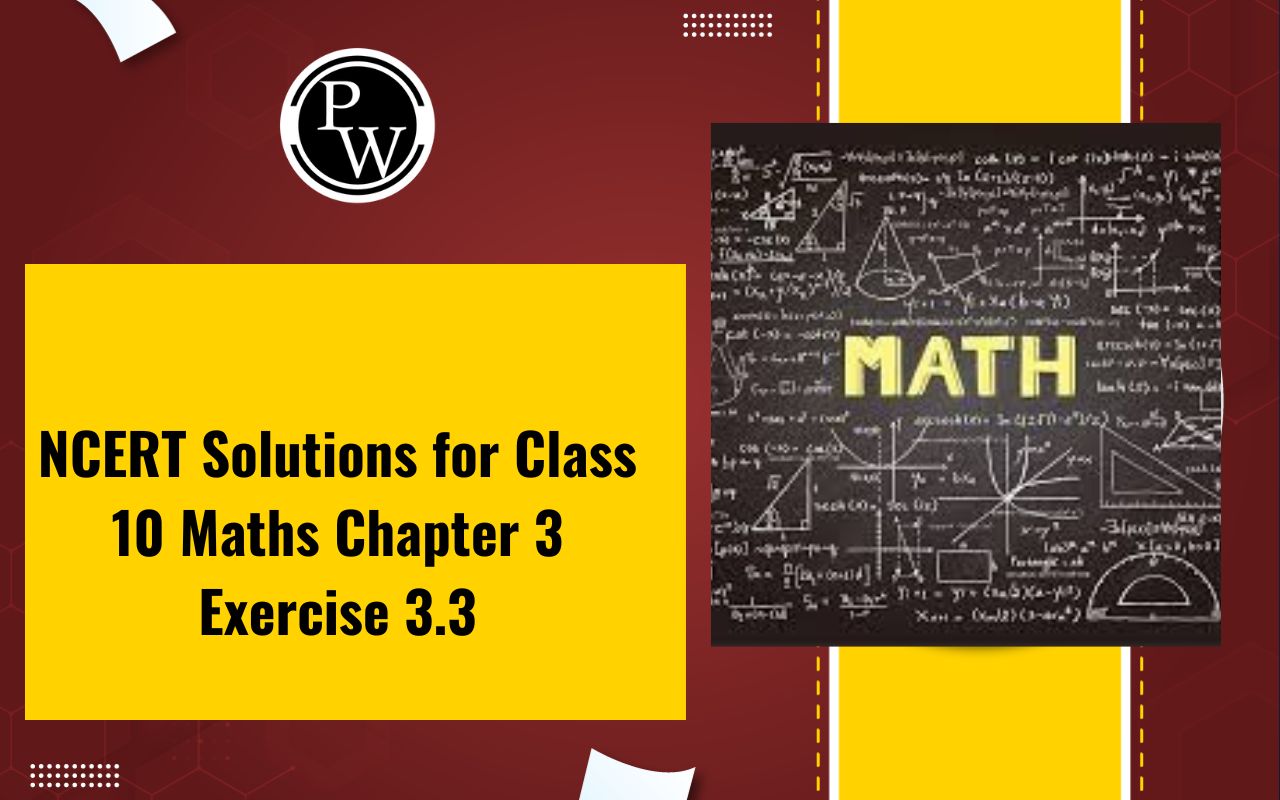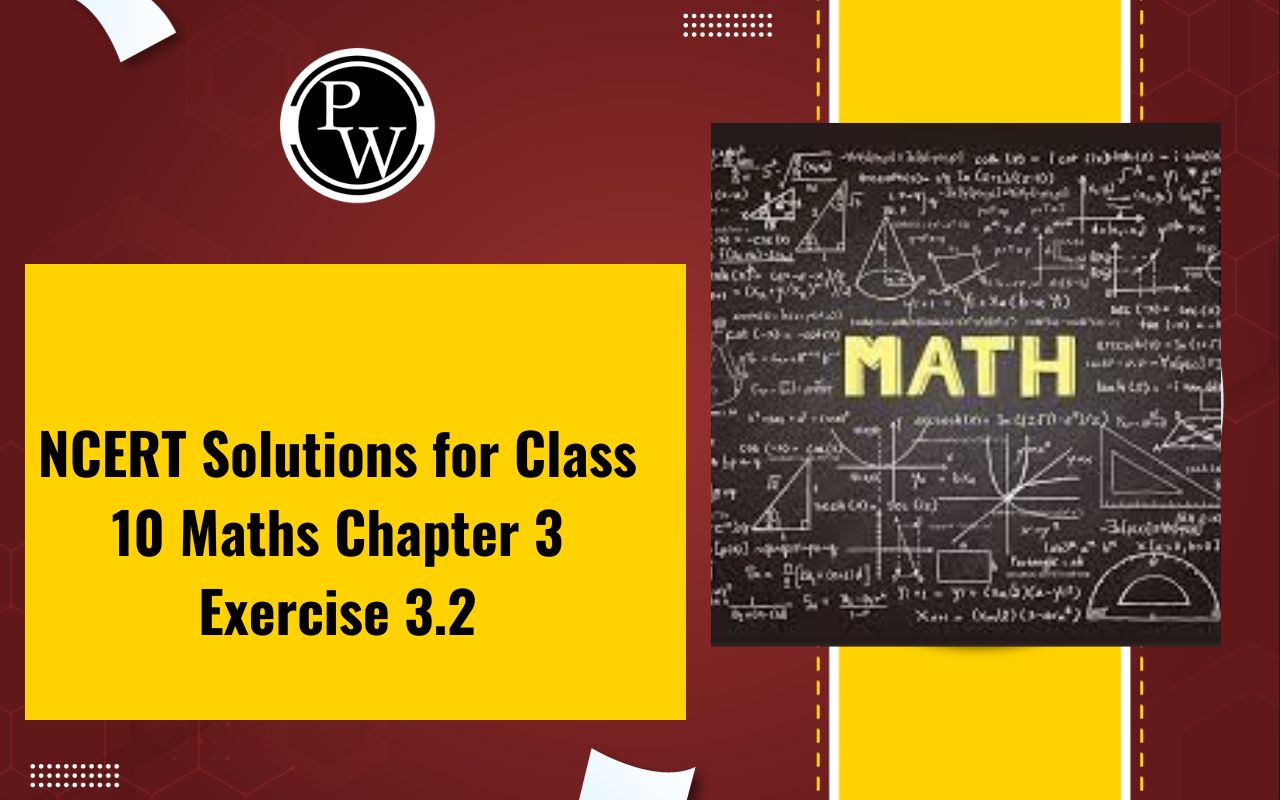

RD Sharma Solutions Class 10 Maths Chapter 4: RD Sharma Solutions for Class 10 Maths Chapter 4 on Triangles provide a thorough approach to understanding the properties and applications of triangles. This chapter covers fundamental concepts such as the Pythagoras theorem, similarity of triangles, and criteria for triangle similarity, including AA, SAS, and SSS.
By working through these solutions students can gain confidence in proving triangle properties and solving related problems. These solutions not only help in exam preparation but also in developing a deeper understanding of geometric principles essential for mastering this chapter in Class 10 Maths.RD Sharma Solutions Class 10 Maths Chapter 4 Overview
RD Sharma Solutions for Class 10 Maths Chapter 4 are created at Physics Wallah provide a clear and detailed overview of Triangles. Physics Wallah have ensured that each solution simplifies complex ideas, helping students grasp the essentials of triangle properties and proofs. With this expert guidance students can build a solid understanding of the chapter, preparing effectively for exams and improving their overall problem-solving skills in geometry.RD Sharma Solutions Class 10 Maths Chapter 4 PDF
Access the RD Sharma Solutions for Class 10 Maths Chapter 4 on Triangles through the PDF link provided below. With step-by-step solutions for each exercise students can enhance their understanding and strengthen their problem-solving skills. Downloading this PDF allows easy offline access making it convenient to study and review the chapter anytime. Click the link below to get started with these helpful resources.RD Sharma Solutions Class 10 Maths Chapter 4 PDF
What is Triangles?
Benefits of Solving RD Sharma Solutions for Class 10 Maths Chapter 4 Triangles
Clear Understanding of Concepts : RD Sharma solutions simplify complex concepts such as similarity criteria, Pythagorean theorem and triangle properties, helping students build a strong foundation in geometry.
Step-by-Step Guidance : Each solution provides a detailed, step-by-step approach allowing students to understand the logical flow of solving triangle problems effectively.
Exam-Oriented Practice : The solutions are based on the latest CBSE Class 10 syllabus and exam pattern, providing relevant practice that helps students tackle similar questions with confidence during exams.
Enhanced Problem-Solving Skills : By working through diverse problems students improve their analytical and problem-solving abilities, which are essential for tackling higher-level mathematics.
Confidence Boost : Solving RD Sharma exercises enables students to tackle questions independently, building their confidence in understanding and applying geometric concepts.
Revision and Quick Reference : The solutions act as a helpful reference, allowing students to review important theorems and methods before exams, making revision more efficient and effective.
RD Sharma Solutions Class 10 Maths Chapter 4 FAQs
What is a Triangle?
What is the Pythagorean Theorem?
What is Triangle Similarity?
What is the Sum of Angles in a Triangle?












